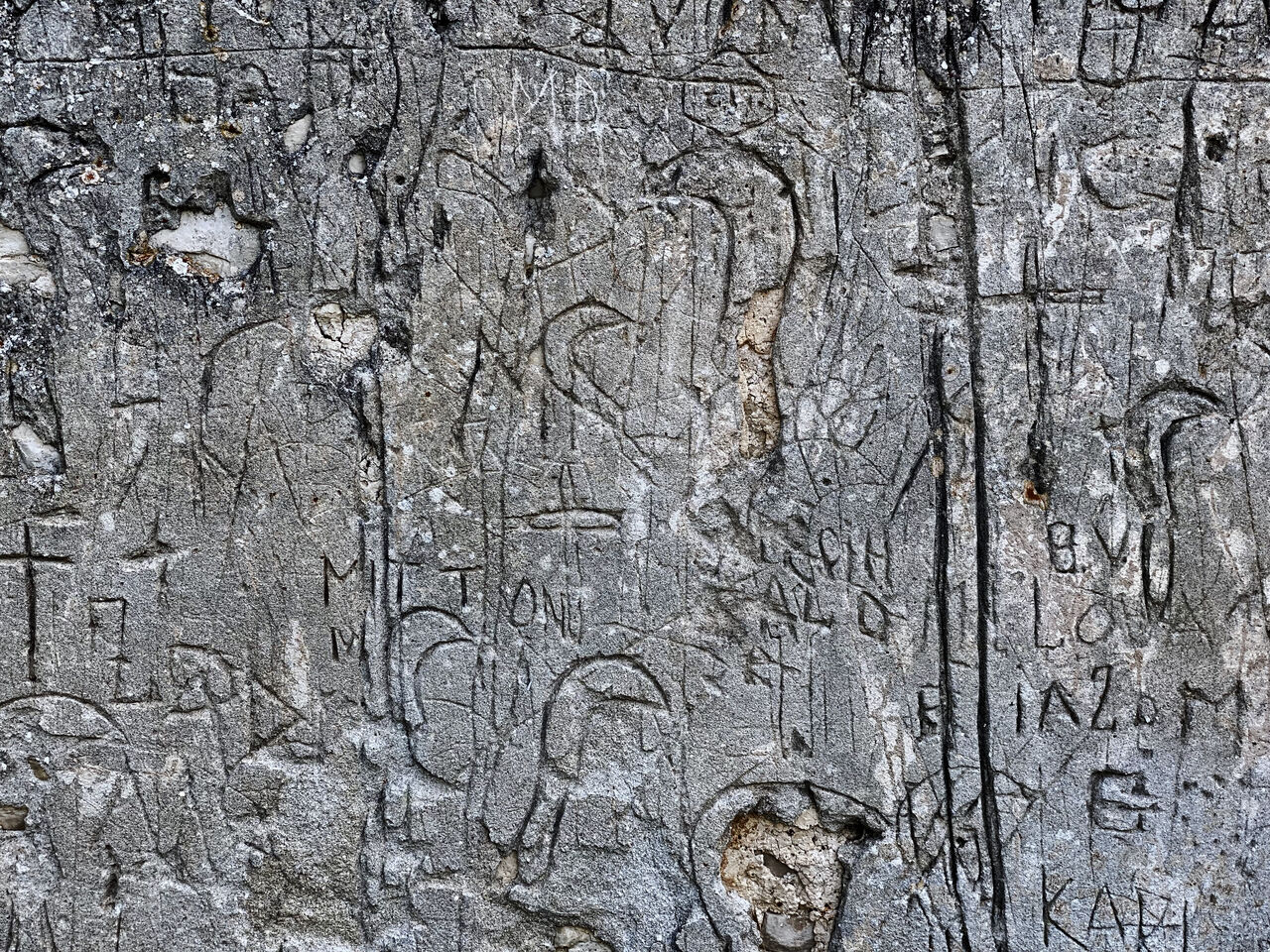Correspondence
Leaving written traces of the stone you were.
Part of Lithic Attunement Exercises
- Psychogeological drift
- Written in stone
- I’m not afraid of the dark
- To be a stone
- A pebble in my pocket
- Correspondence

| Duration: | 20 minutes (or longer) each | |
| Location: | Indoors, where you like to write |
Conclude your lithic journey with a letter.
It is never we who affirm or deny something of a thing;
it is the thing itself that affirms or denies something of itself in us.
Baruch Spinoza, Short Treatise II
Trace your hand on a piece of paper — make an imprint.
Trace around the stone you brought back with you.
Set the stone in front of you.
🪨
Now, write a letter to the stone you were..
This correspondence can be a way to wrap up your practice. It will help you capture the vocabulary you did not need while you were in your lithic body. You were a stone.
Write your sentences as a dialogue between the body and the space. Between the body and the stone. Between the stone and the soil. A few guiding questions: How is the dialogue shaped? Who speaks first? What are you discussing?
This letter has two intentions: reciprocity and intimacy. A moment to pause and reflect, to give and receive. In this intimate pause, there is an opportunity for a particular kind of awareness to arise. A careful attentiveness; attuning through the written.
Corresponding can give you a sense of liberation. A setting loose of thoughts and reflections. A liberation of the knowledge you have gained. Letters can be a slow dialogue, allowing all sides to be heard. Letters become archives and recollections. They can preserve a moment in time, to remind you of what you were, and point toward what you might wish to become.
Write a letter to the stone you were.
Then, generate a response from the stone. After all, correspondence is best when answered.
🪨